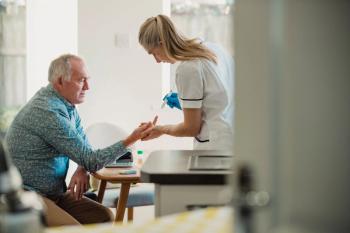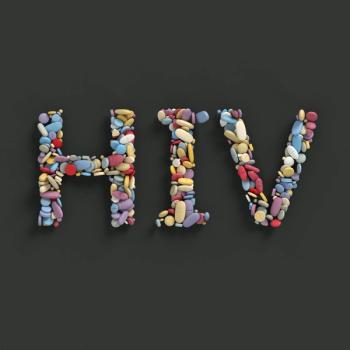
Pharmacists play a crucial role in promoting the appropriate use of broad-spectrum antibiotics to prevent antimicrobial resistance and improve patient outcomes.

Pharmacists play a crucial role in promoting the appropriate use of broad-spectrum antibiotics to prevent antimicrobial resistance and improve patient outcomes.

The primary challenge facing rural pharmacies include recruitment and retention of staff, the need for pharmacists to handle multiple roles and expertise, and the impact of burnout and stress.

Adults with epilepsy are underrepresented in most CBD trials, including common etiologies.

Snehal Bhatt emphasizes the need for patient-specific risk assessment and a thoughtful approach to balancing aspirin's benefits and bleeding risks as new treatment options become available.

Although challenges and obstacles persist, artificial intelligence could help rural and smaller pharmacies close gaps in care.

Both statins and newer non-statin medications are important in combination to effectively lower atherogenic lipid levels and reduce cardiovascular risk.

Pharmacists can leverage continuous glucose monitoring data to personalize diabetes management, overcome clinical inertia, and improve glycemic control for patients.

In hospital and critical care settings, pharmacists can play a significant role in educating other health care providers about treatment options, proper dosing, and more.

By identifying patients at high risk for progressing to severe disease and counseling them on their treatment options, pharmacists empower patients to make informed decisions about their treatment.

Key trends shaping the future of health-system pharmacy include advanced medication management to address supply chain challenges, digital transformation to enhance pharmacy operations, and strategies for compliance with evolving regulations, all of which will be central topics at the ASHP Midyear 2024 meeting.

Cole Daniels, PharmD, BCPS, discusses a quality improvement initiative for glycemic outcomes with pharmacist management of insulin.

Tera Moore, PharmD, BCACP, discusses how the integration of pharmacists into team-based models could benefit patient access to care in rural populations.

Tera Moore, PharmD, BCACP, discusses the principles of trauma-informed care, along with the physiologic response to trauma.

Tom Kraus, JD discusses current federal regulatory and legislative issues that impact the practice of health-system pharmacy.

Amanda Hickman, PharmD, MPH, MSCS, discusses the clinical assessment to lower migraines (CALM) in an HSSP setting.

Carly Giavatto, PharmD, discusses the CPS conducted study that highlights a first of its kind linkage to care initiative performed by health systems specialty pharmacists.

Peter J. Siavelis, discusses the role of the InteLogix platform to enable a more rapid response to changes in the pharmaceutical supply chain.

Jennifer N. Clements PharmD, BCACP, BC-ADM, BCPS, CDCES, FADCES, FCCP discusses the role of Semaglutide and Tirzepatide for type 2 diabetes and obesity

Clinical oncology pharmacist Amy Indorf, PharmD, BCOP, discusses her presentation on the role of PARP inhibitors for ovarian cancer.

Although progress has been made in pre-exposure prophylaxis use, there are still significant barriers for many patients.

Future research should investigate which therapies with new mechanisms of action add incremental benefit to existing treatment regimens for non-small cell lung cancer.

When used with chemotherapy, pembrolizumab provides a synergistic response to increase survival rates.

Kalin Clifford, associate professor in the Geriatrics Division at Texas Tech University Health Sciences Center in the Jerry H. Hodge School of Pharmacy, discusses the potential benefits of herbal supplements for dementia care.

Dena Dillon, HIV clinical pharmacy specialist at the University of Iowa Health Care, discusses 2-drug regimens for individuals living with HIV.

Jawad Saleh, clinical manager of Pharmacy Services at the Hospital for Special Surgery, discusses how pharmacists can treat postoperative nausea and vomiting.

Biomarker testing and management of immune-related adverse events are key roles for pharmacists.

Tom Greenlee, retail pharmacy manager at the University of Missouri Health Care, and Kayla Hodges, 340B Analyst in Pharmacy Business at the University of Missouri Health Care, discuss how a successful career ladder can help retain pharmacy technicians.

Getting payers on board will be key to national biosimilar cost-savings potential.

A survey of women in New York confirmed that nearly three-quarters would be comfortable getting a contraceptive prescription from a pharmacist.

Increasing workplace diversity, addressing health disparities, and overcoming disruptions from COVID-19 are considered top goals among pharmacy stakeholders.